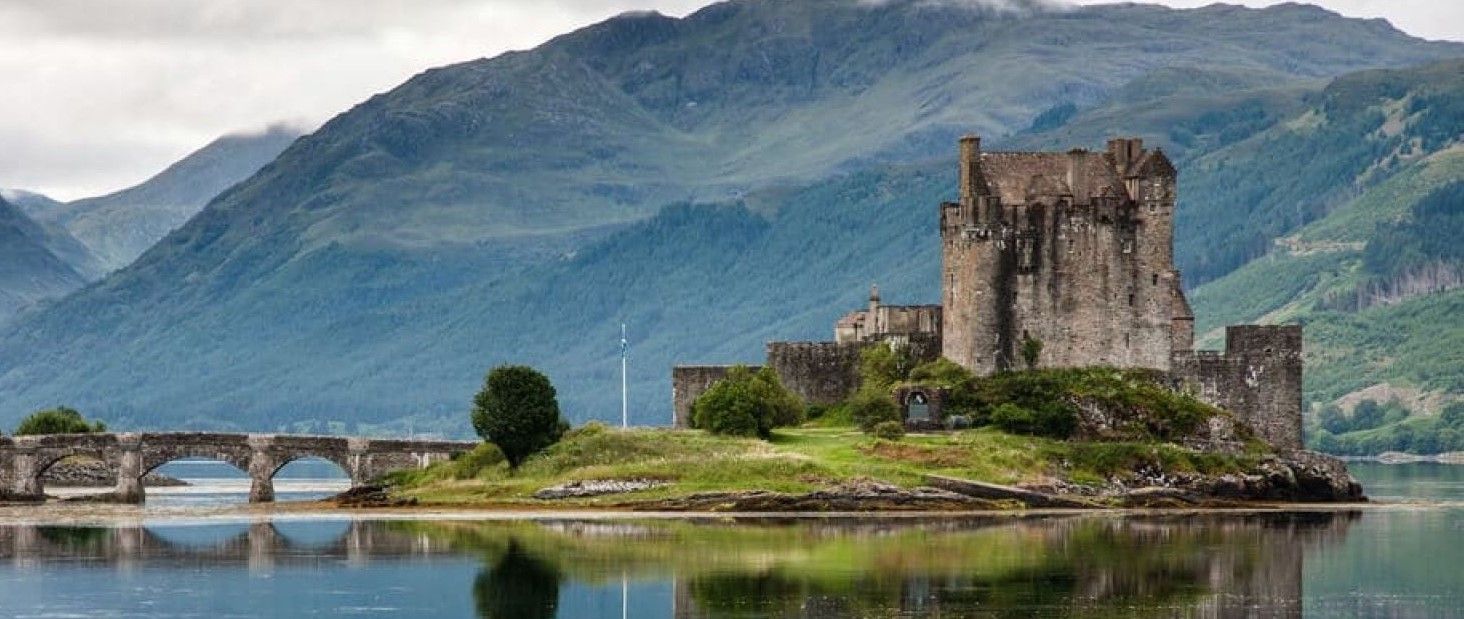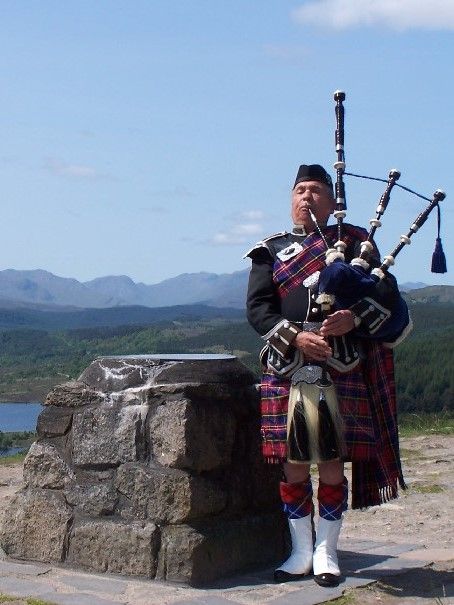BLOG 9: Outer Hebrides / Part 1
Pibliye: 31.05.2023
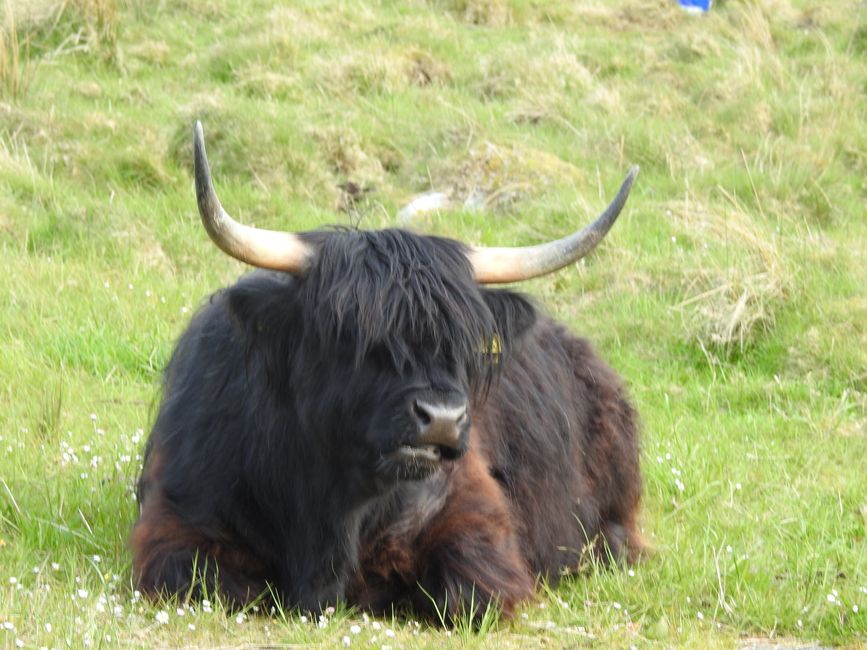
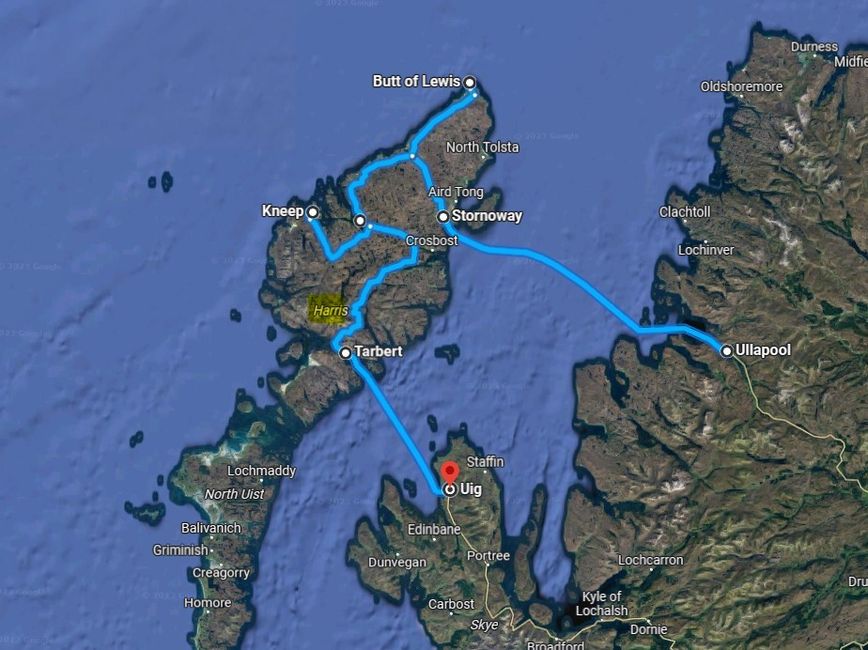
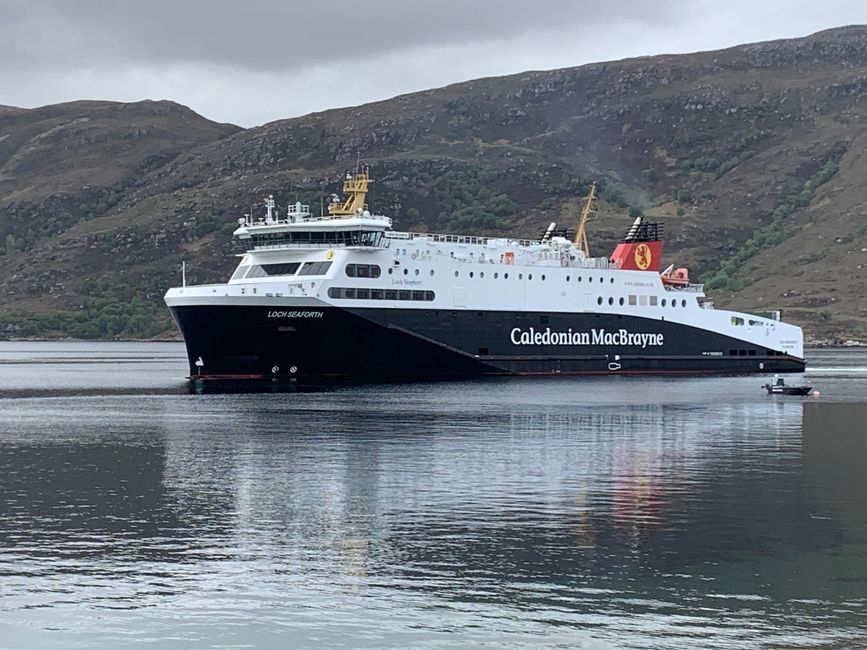
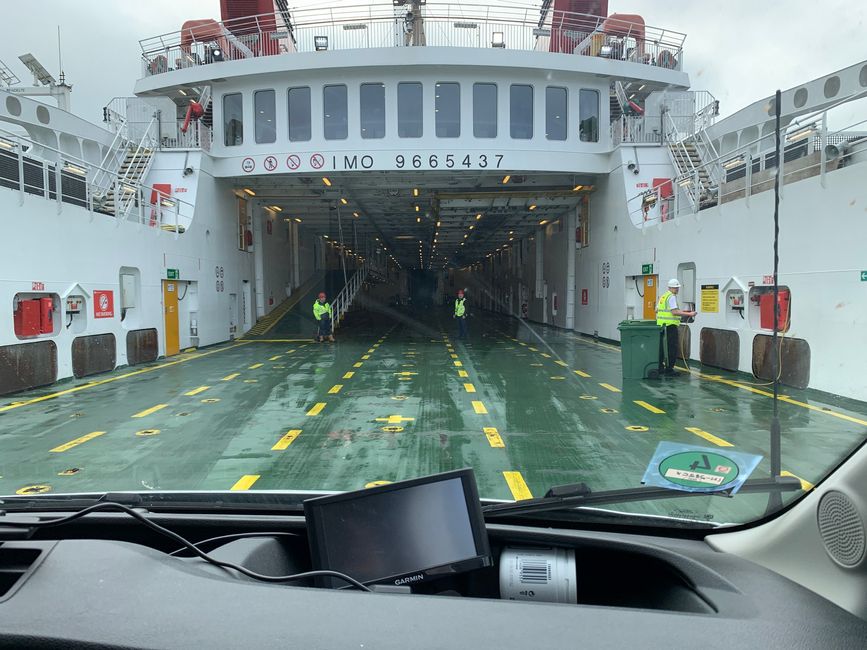
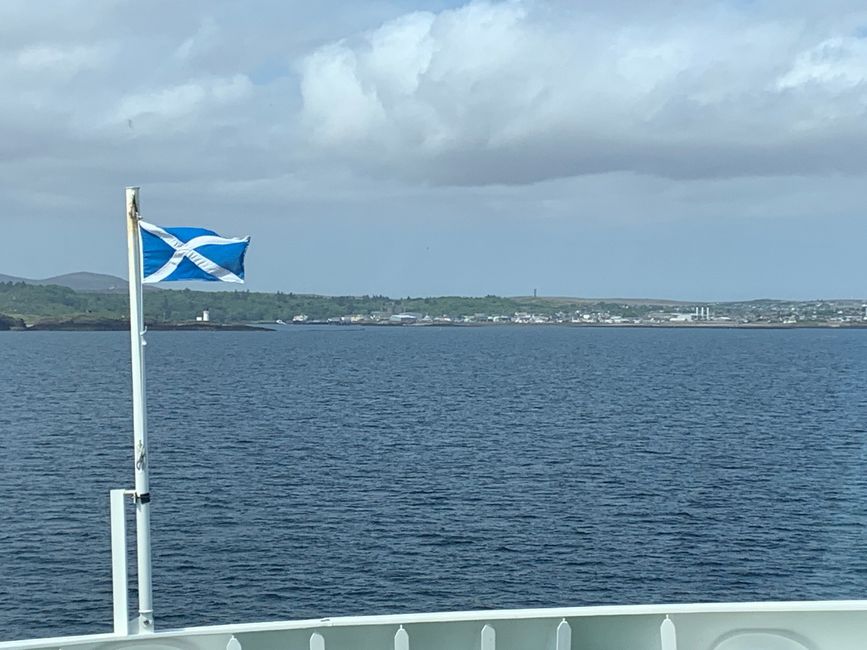
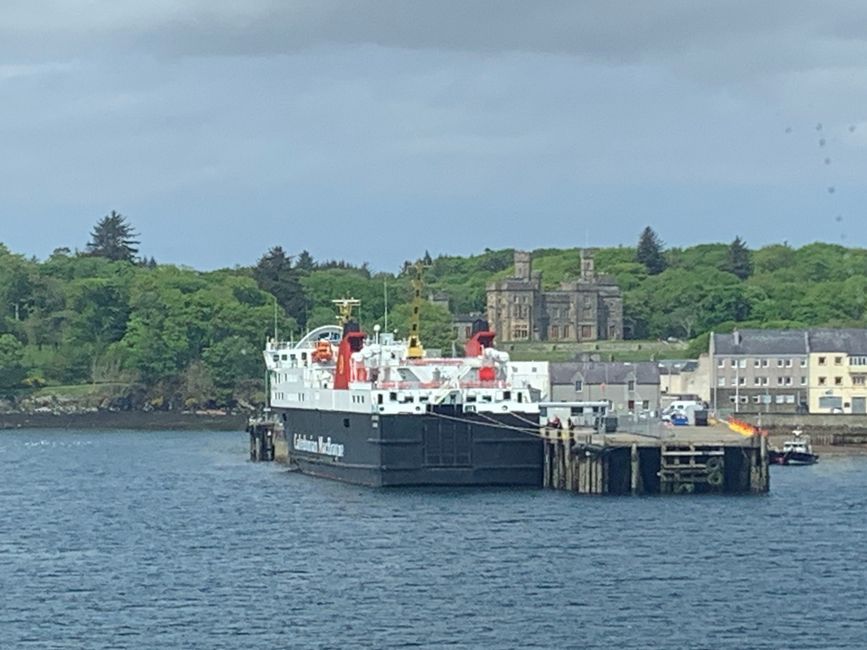
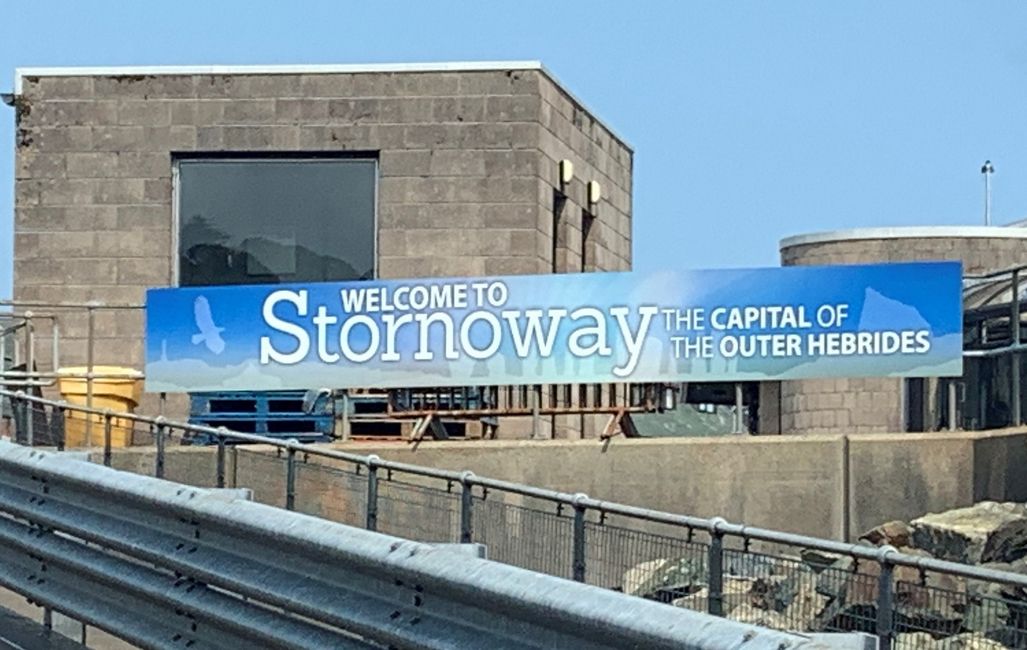
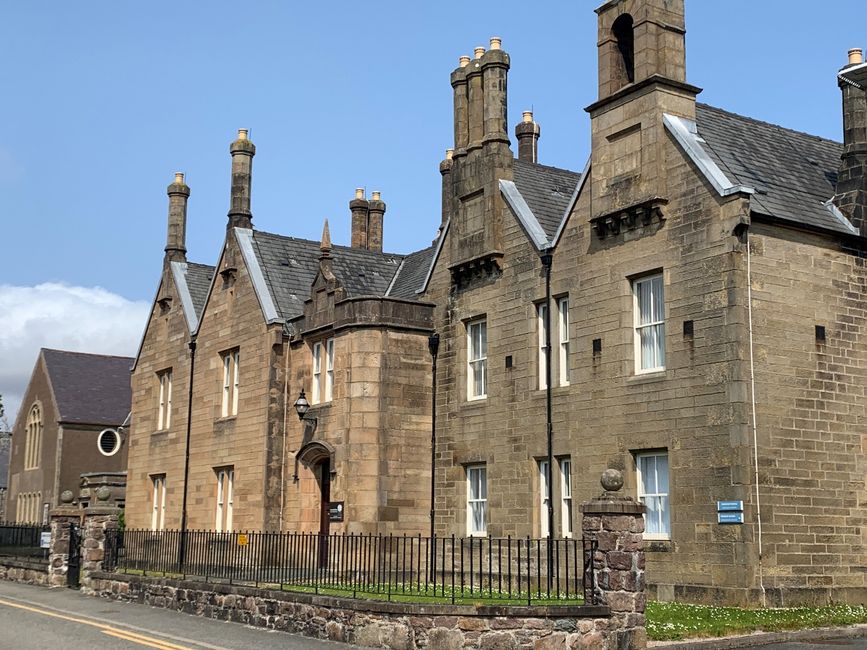
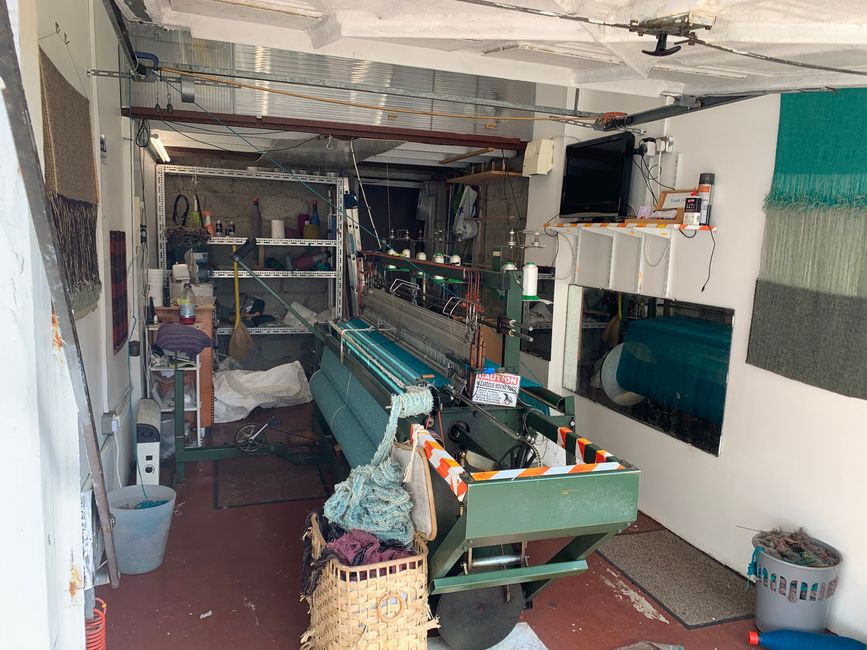
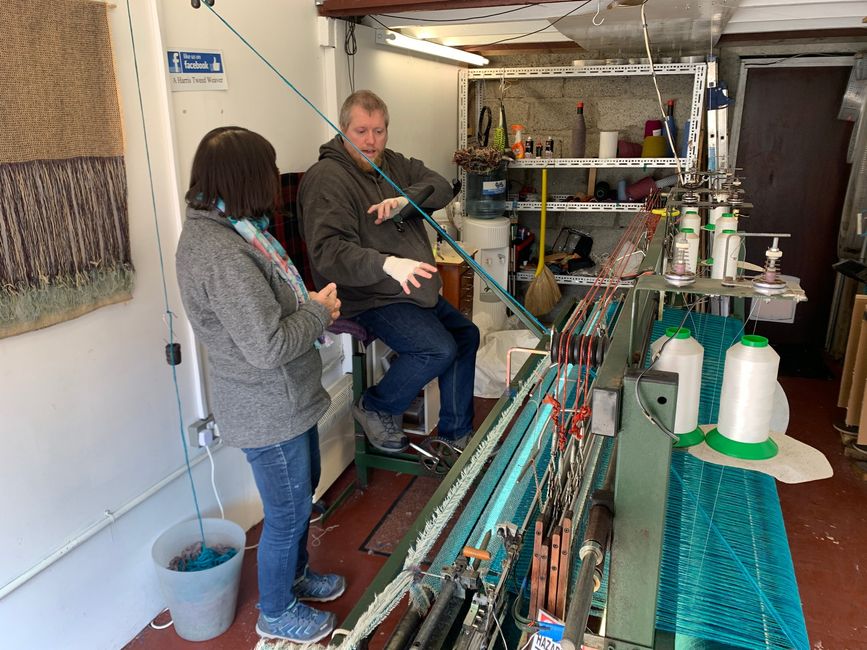
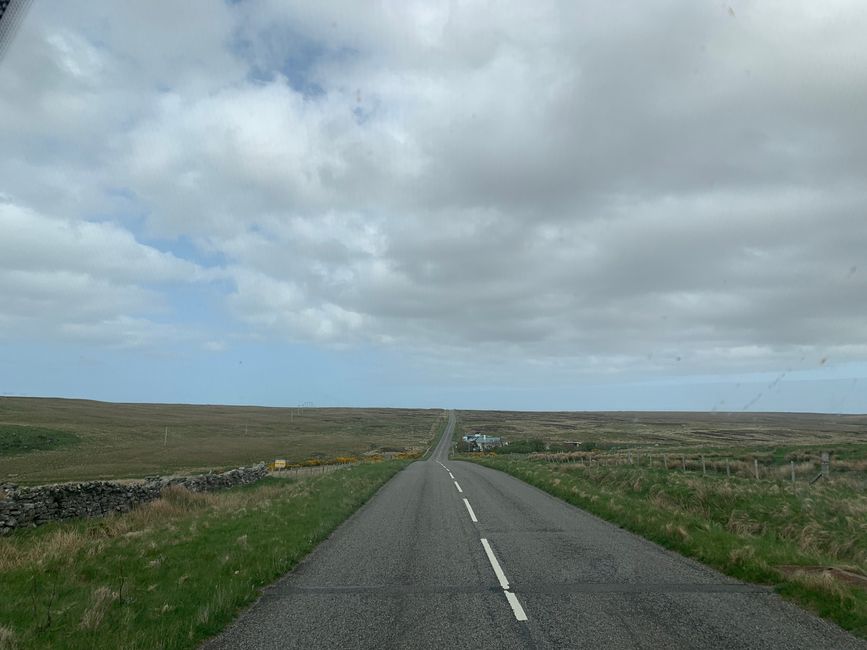
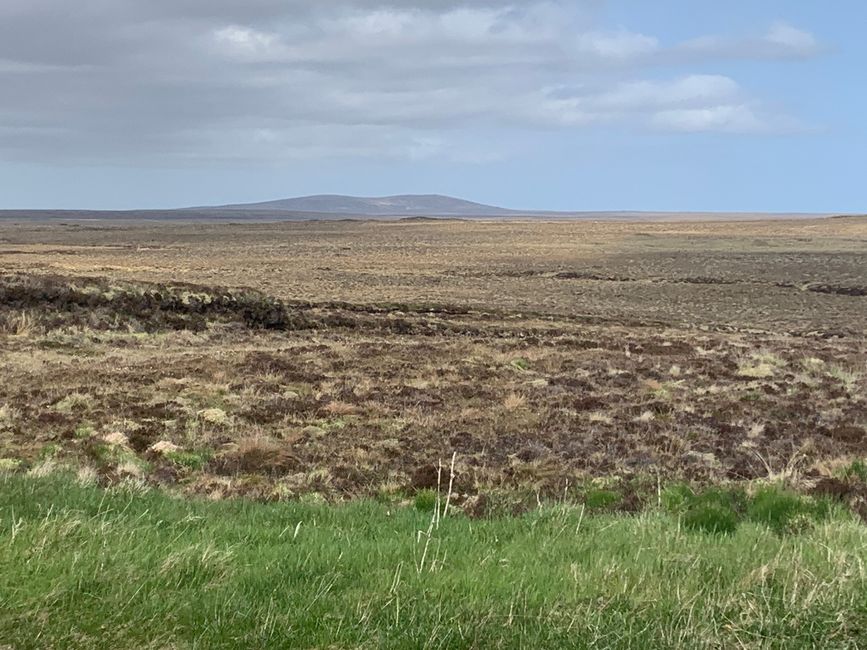
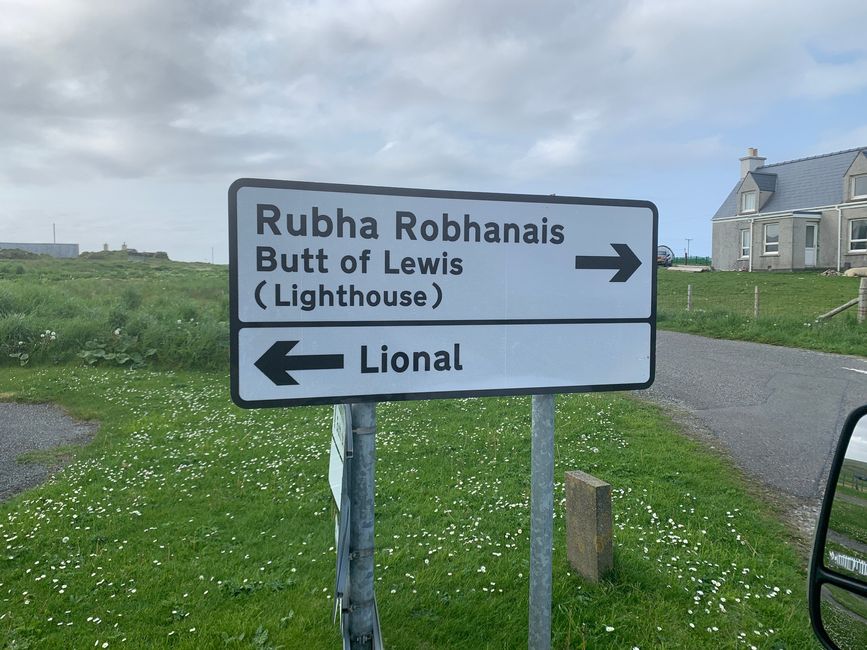
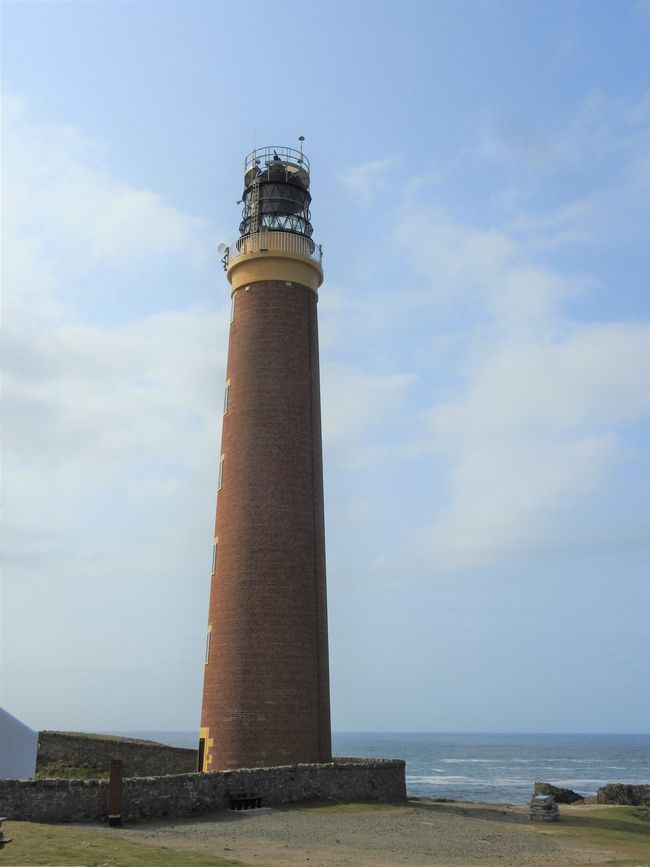
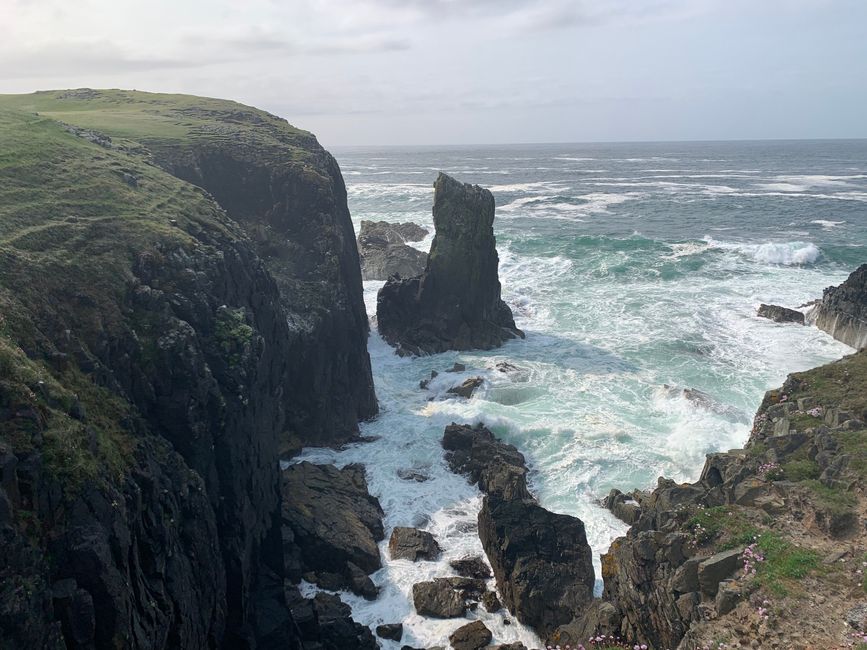
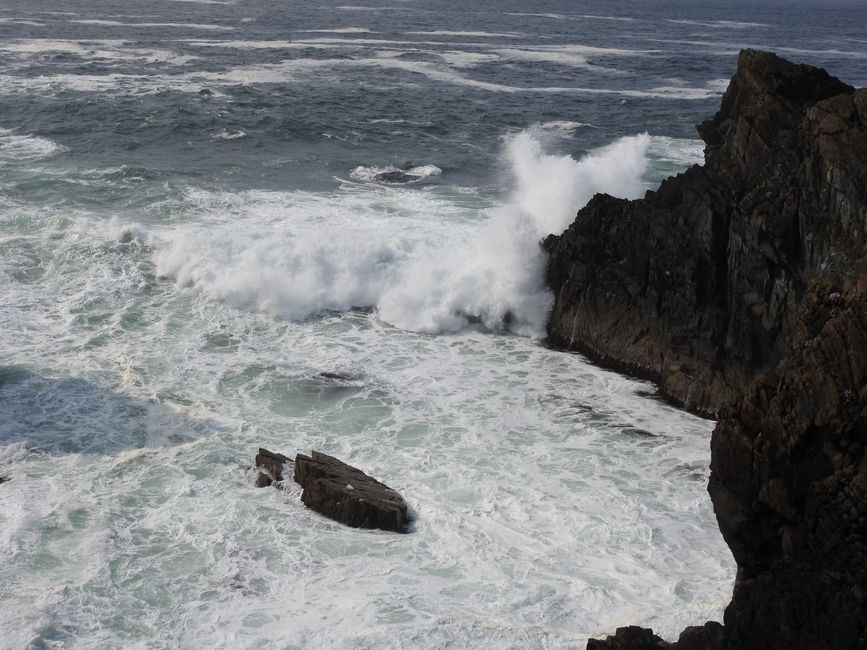
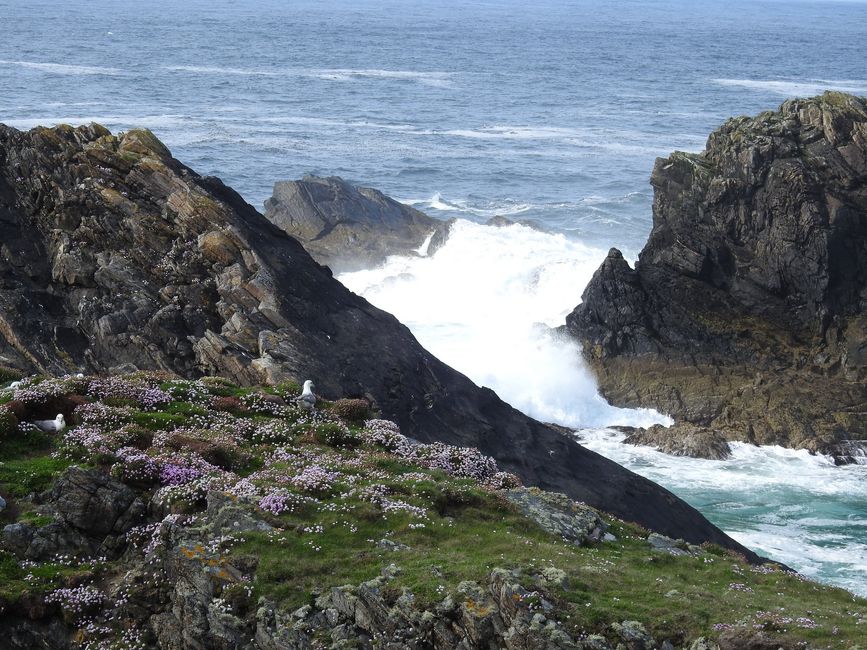
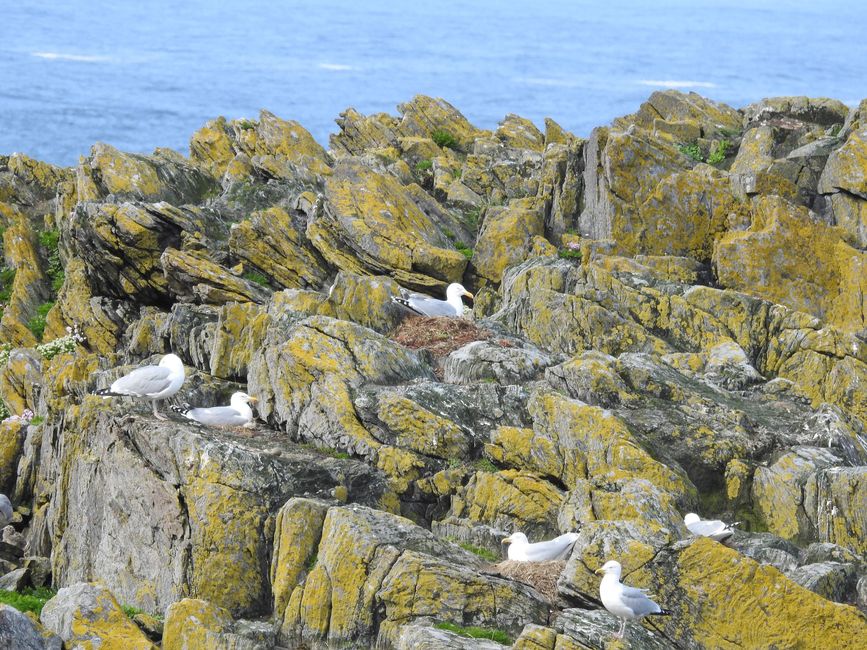
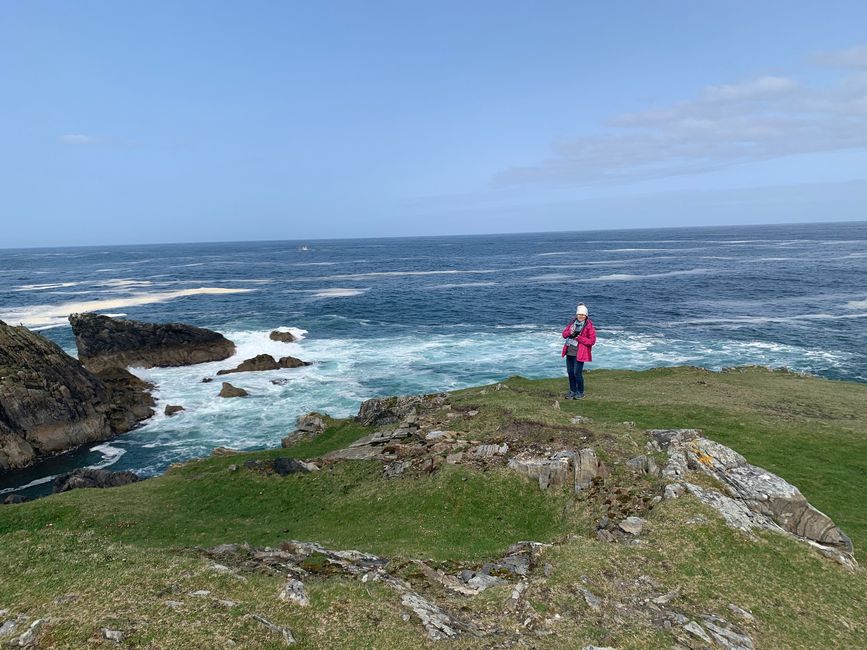
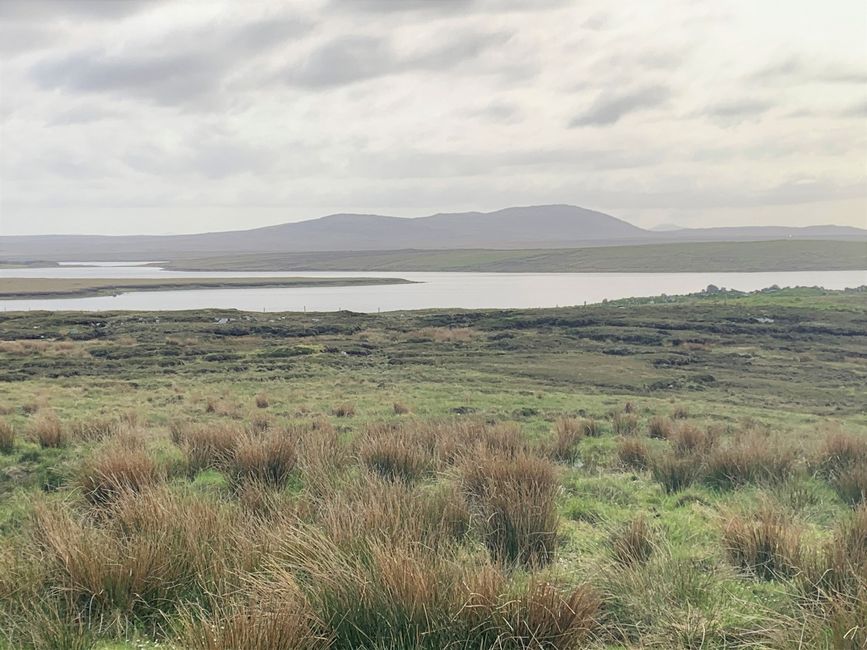
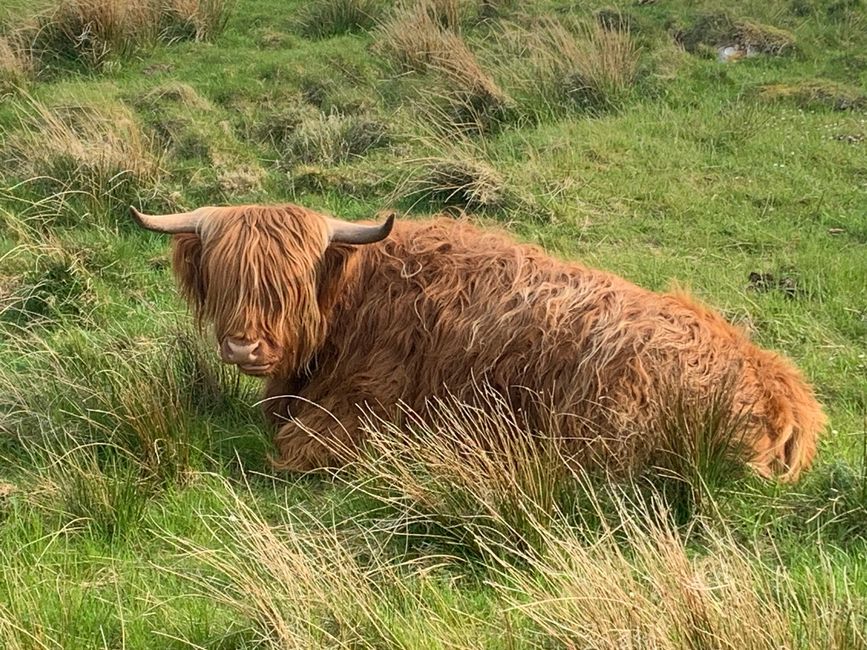
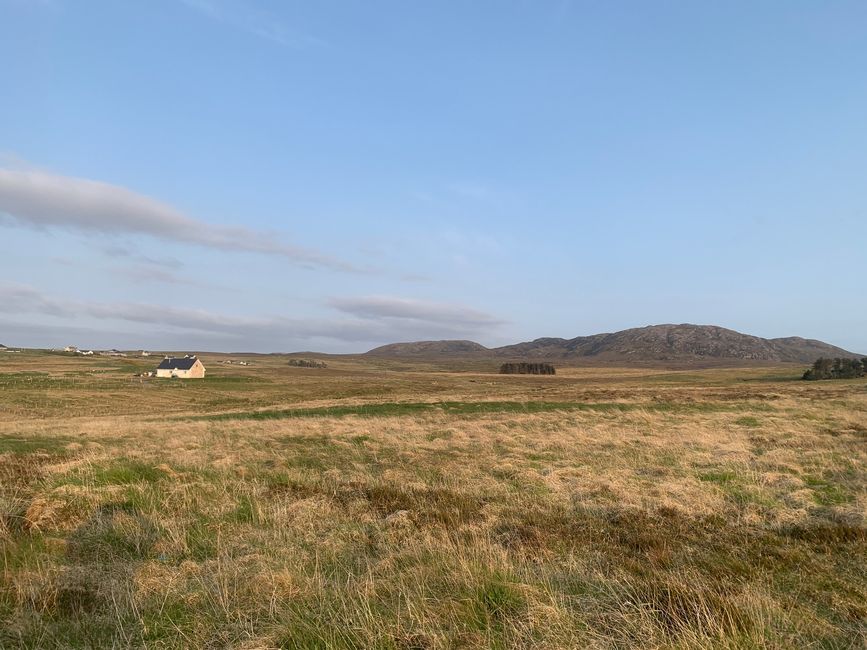
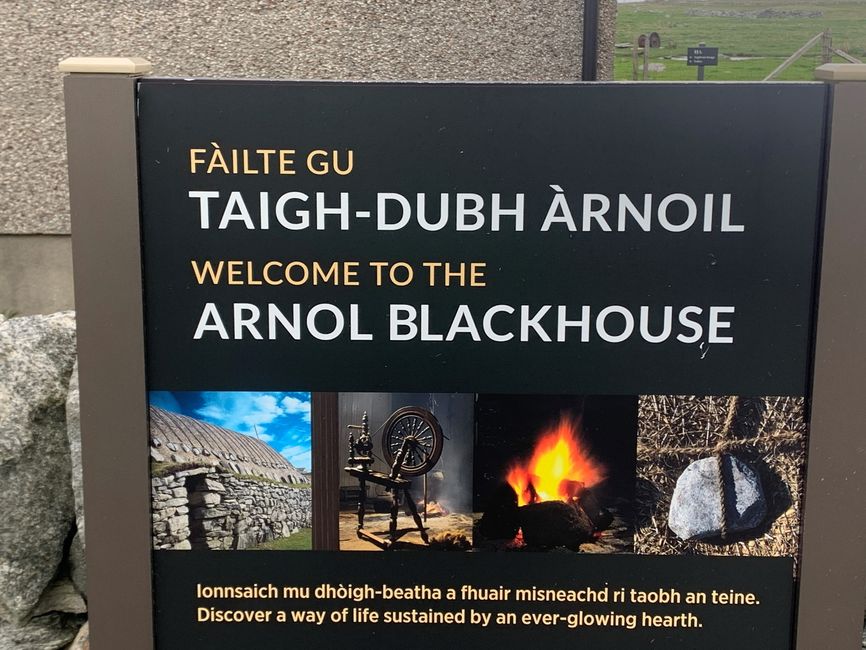
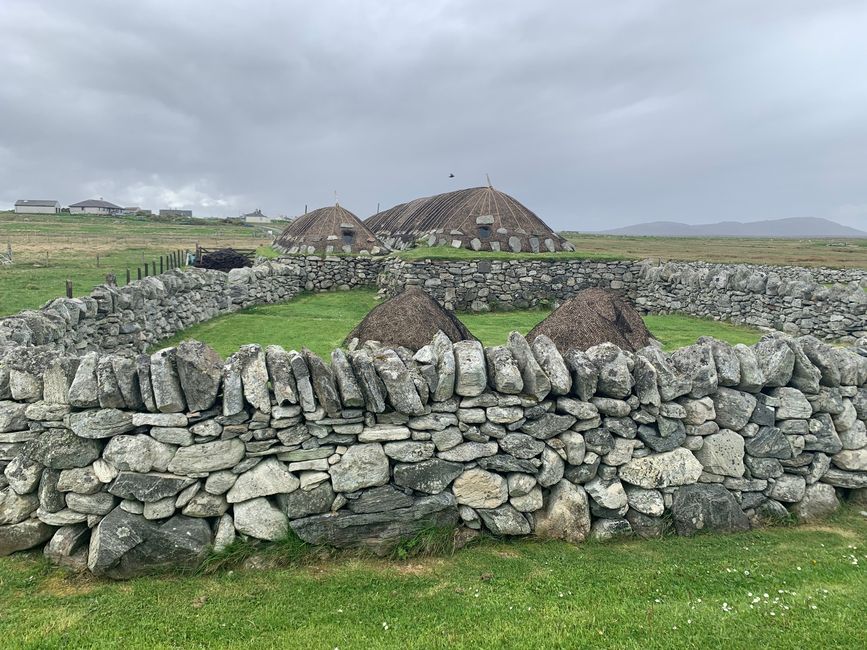
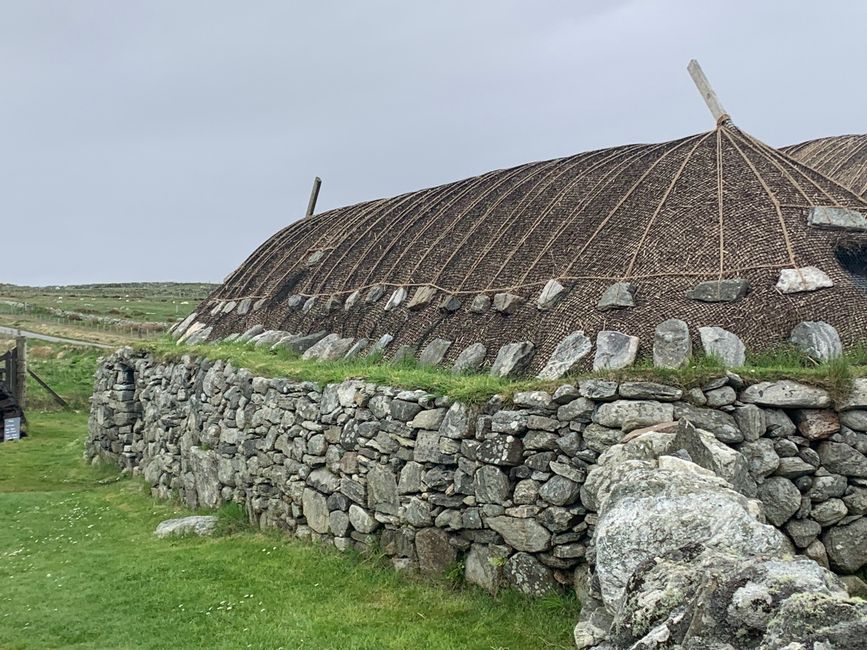
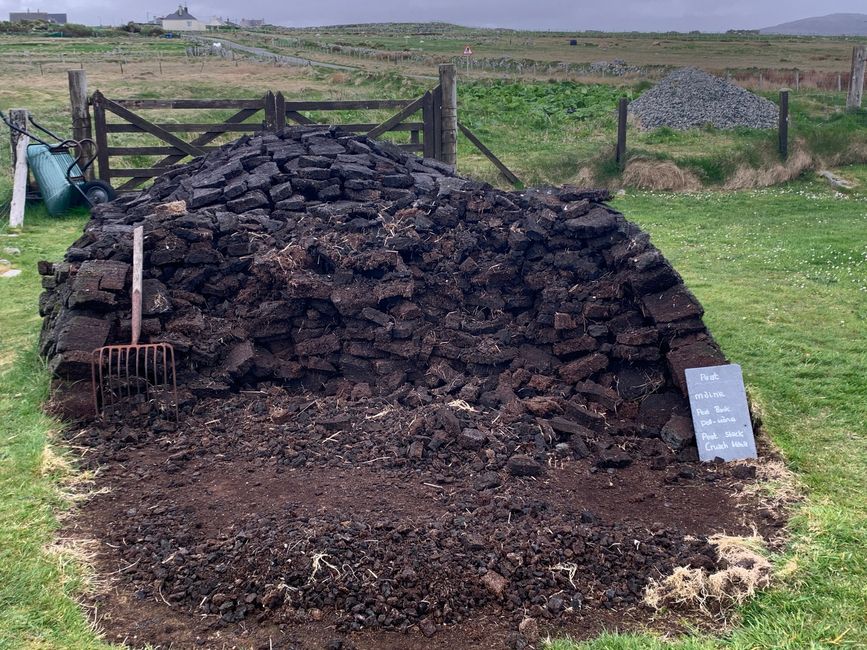
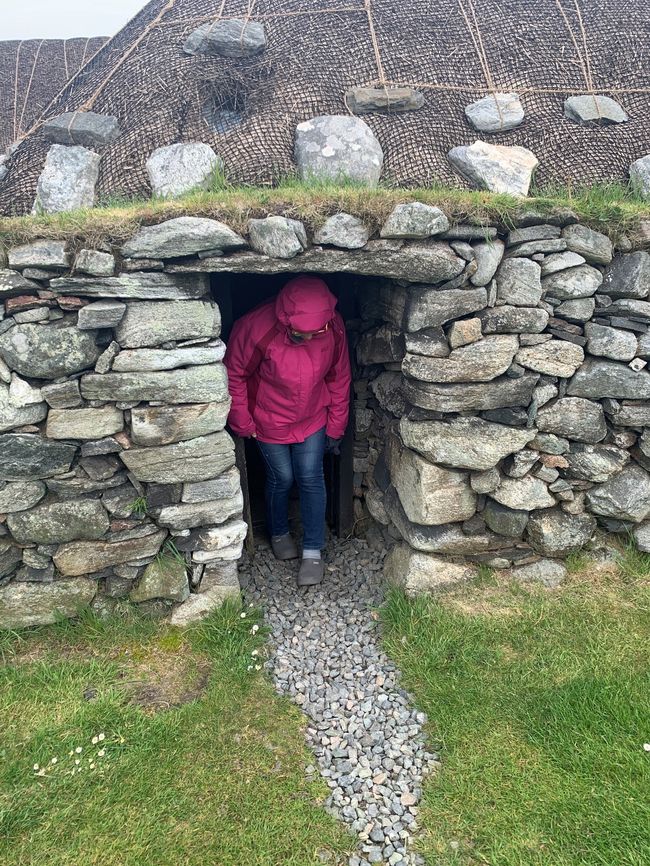
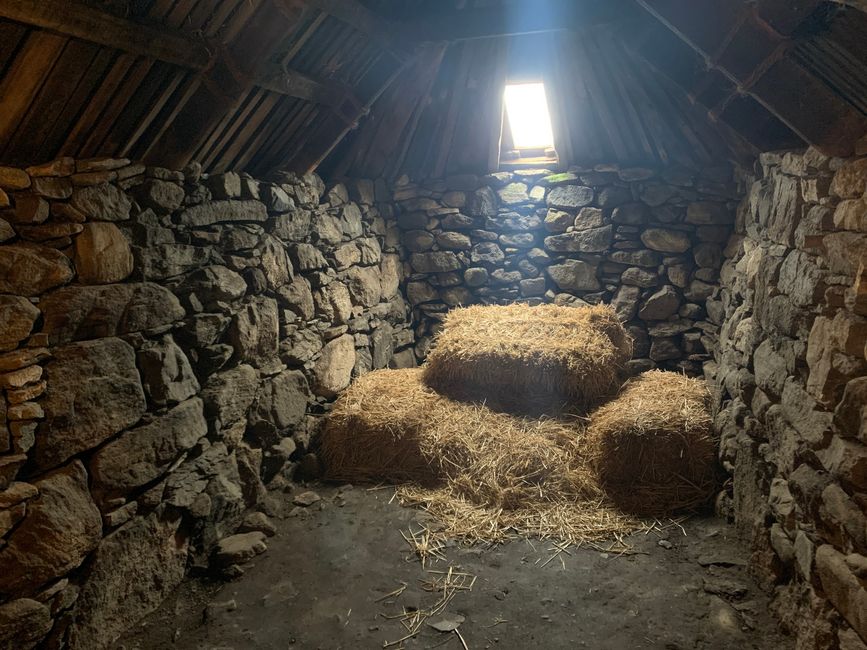
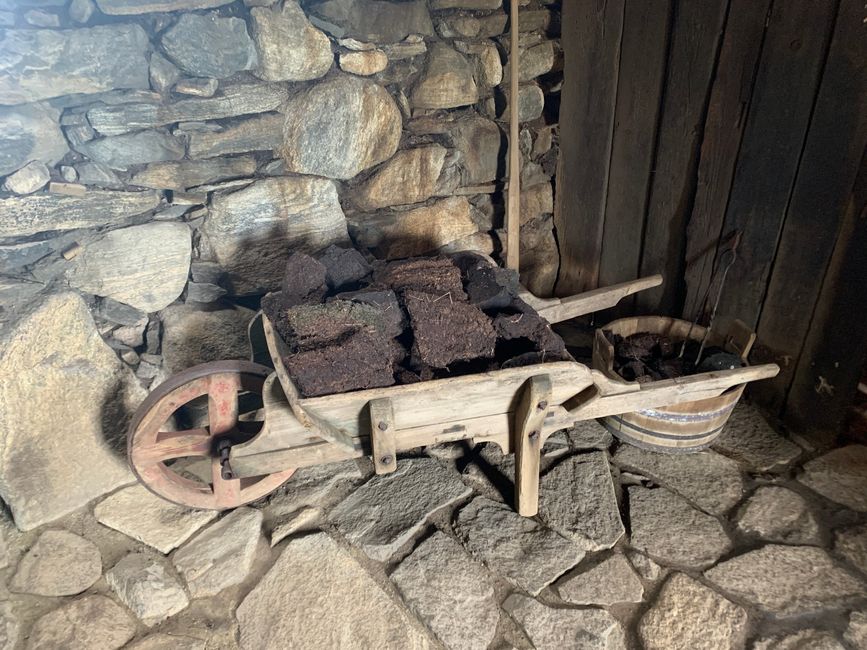
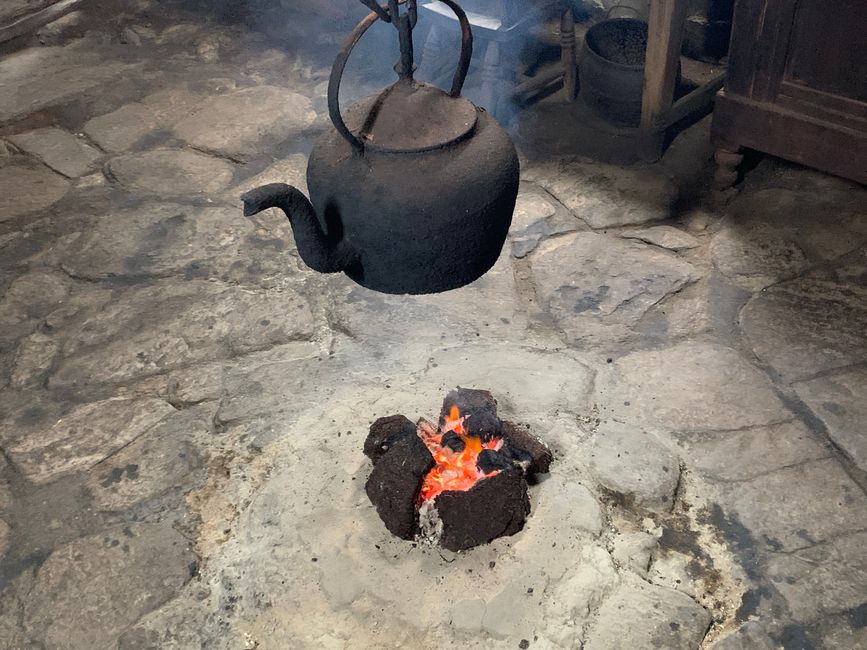
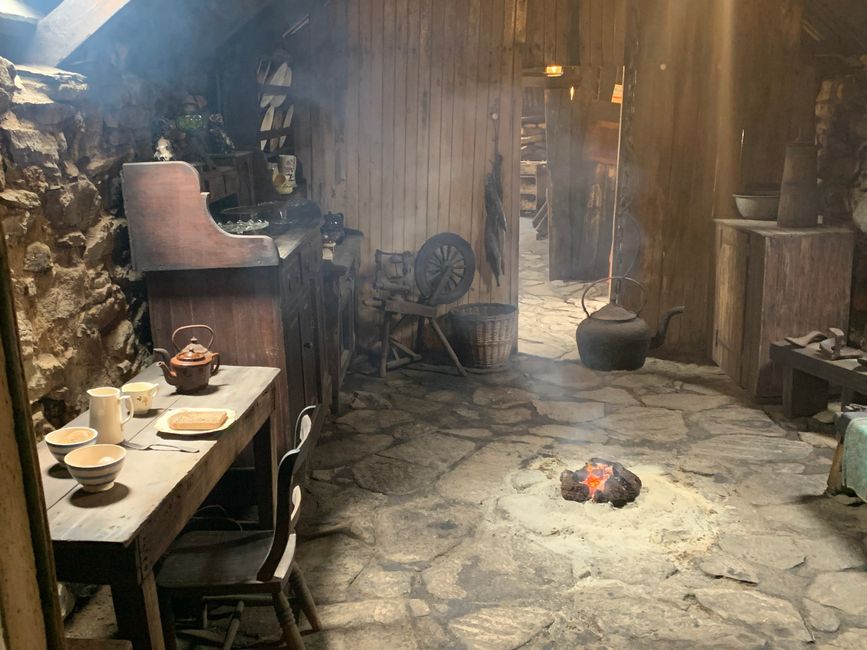
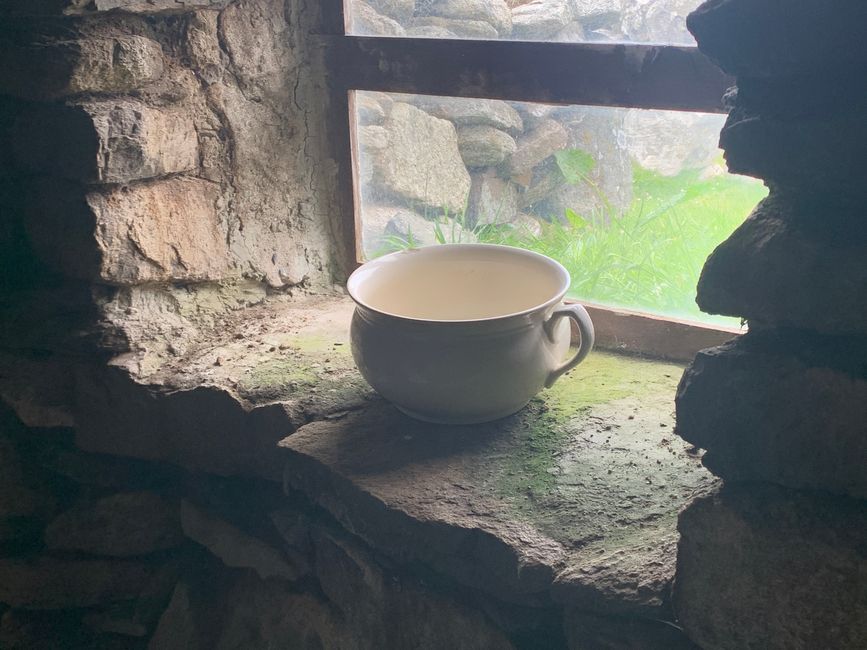
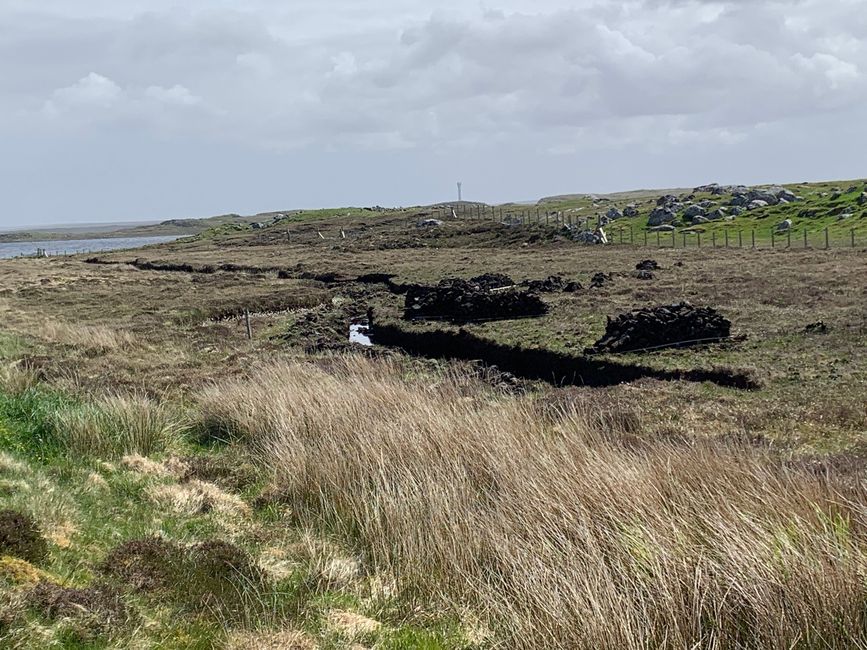
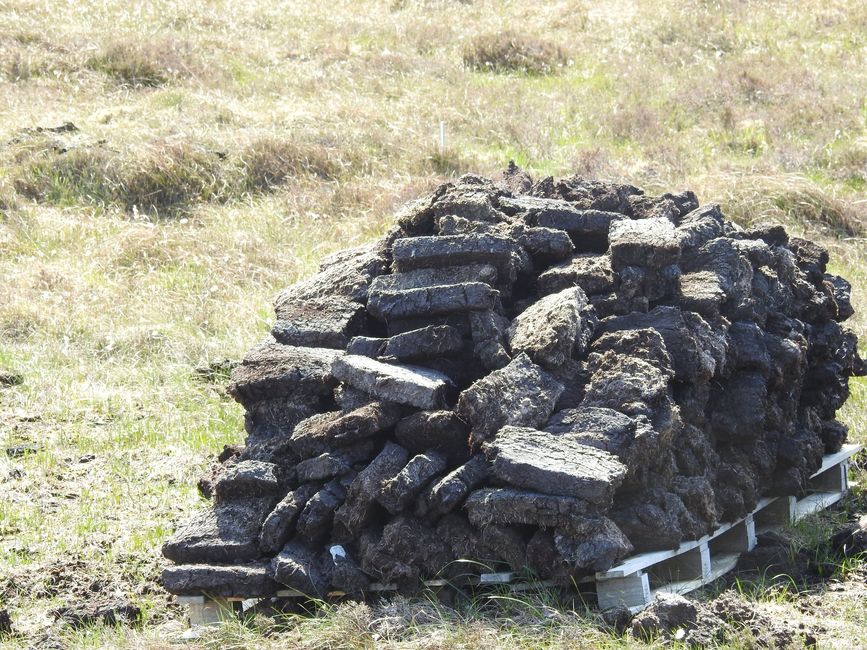
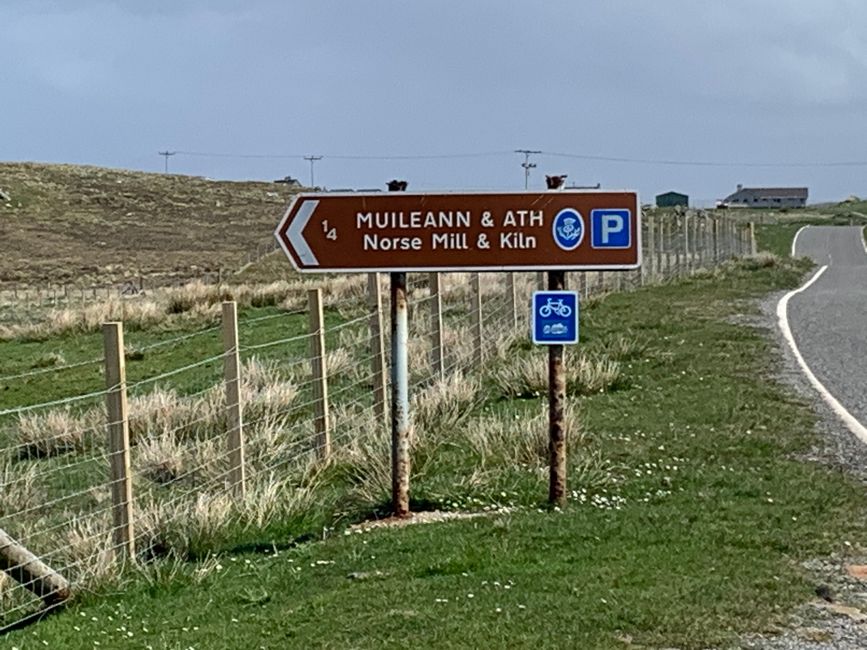
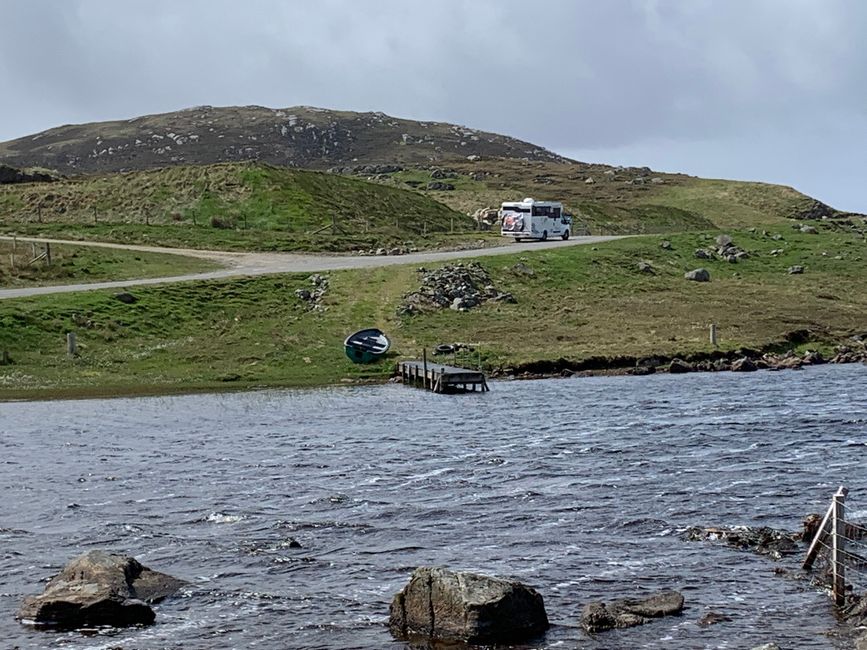
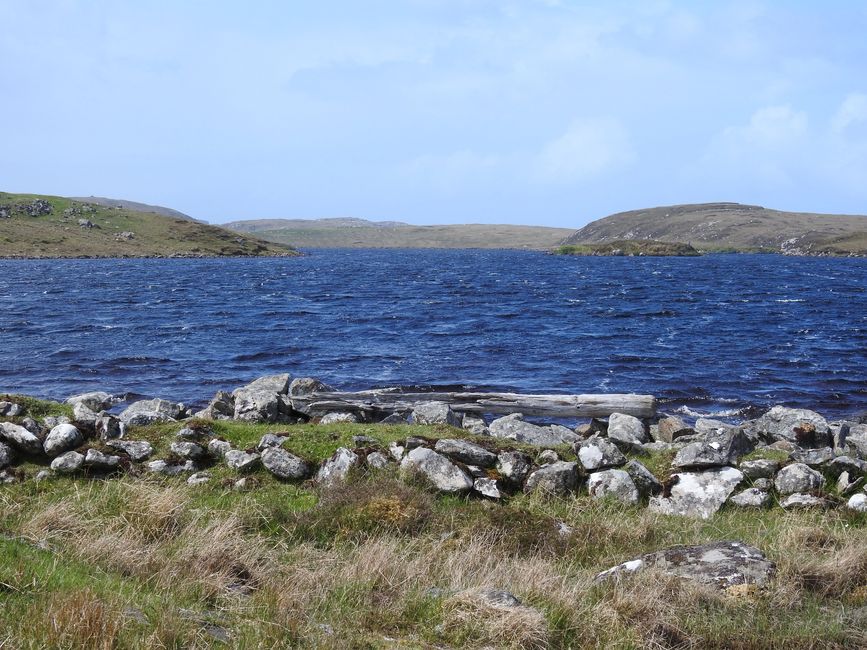
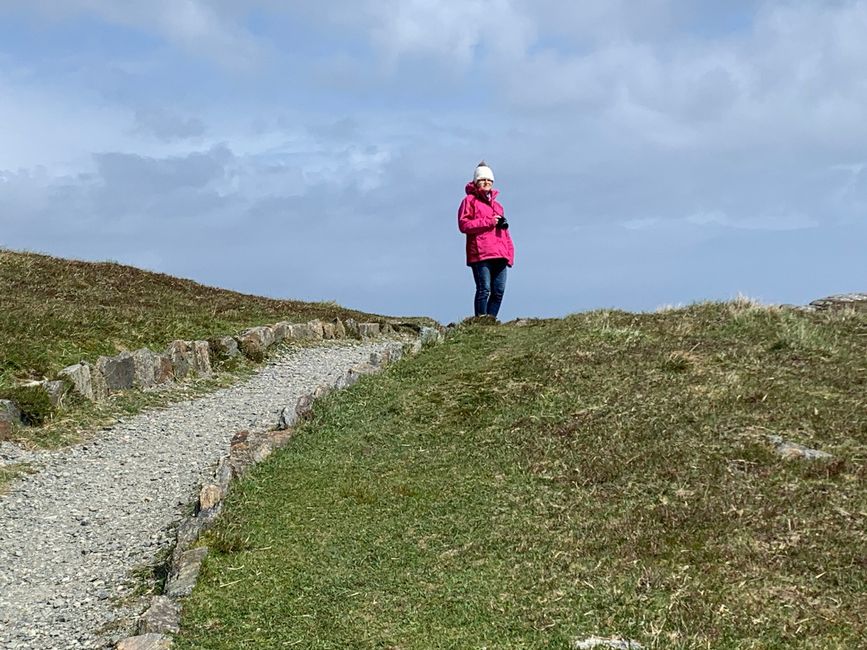
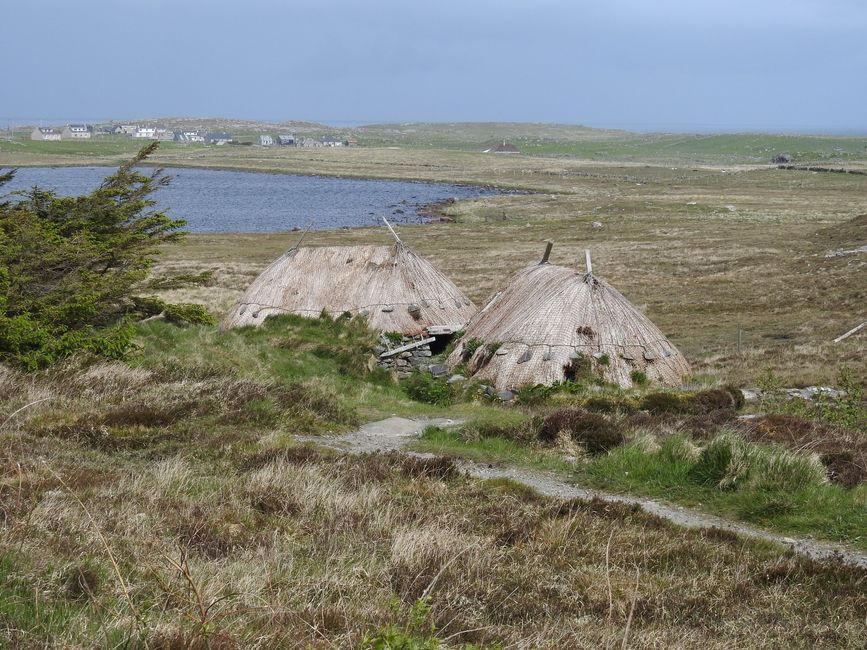
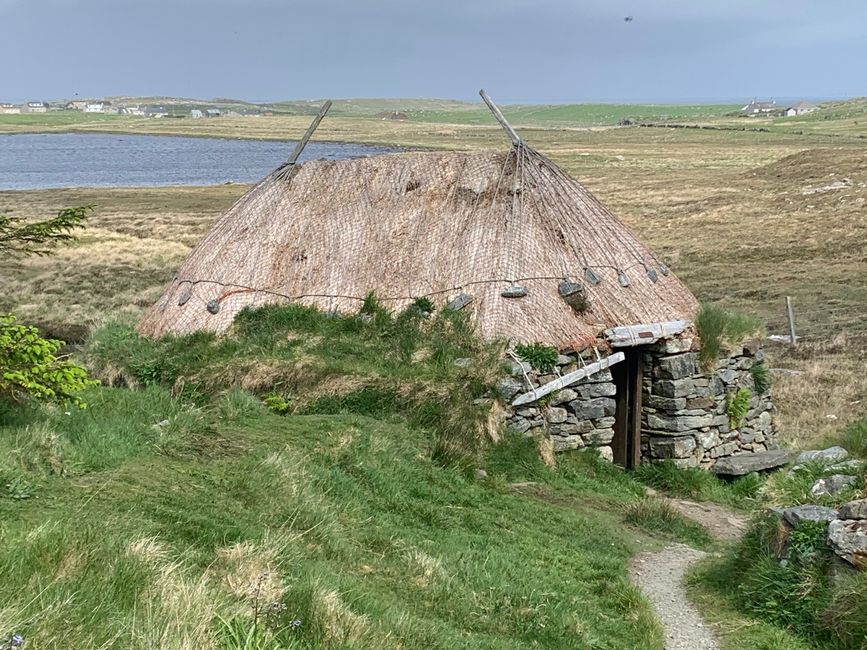
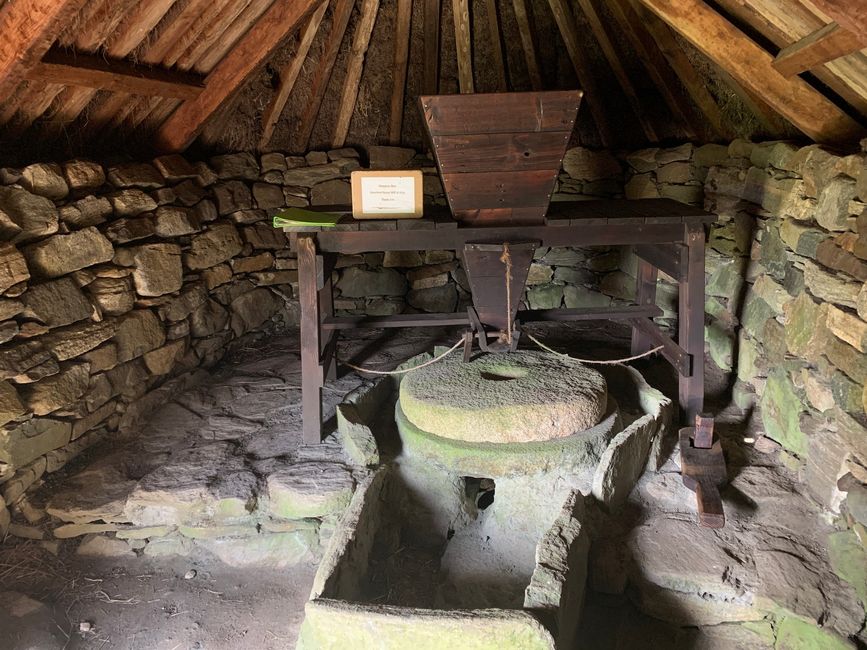
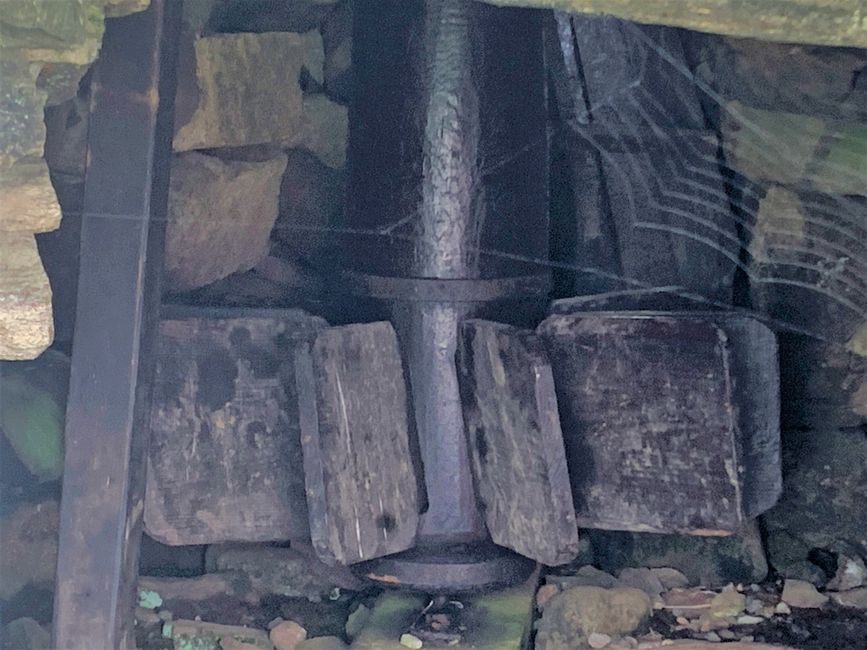
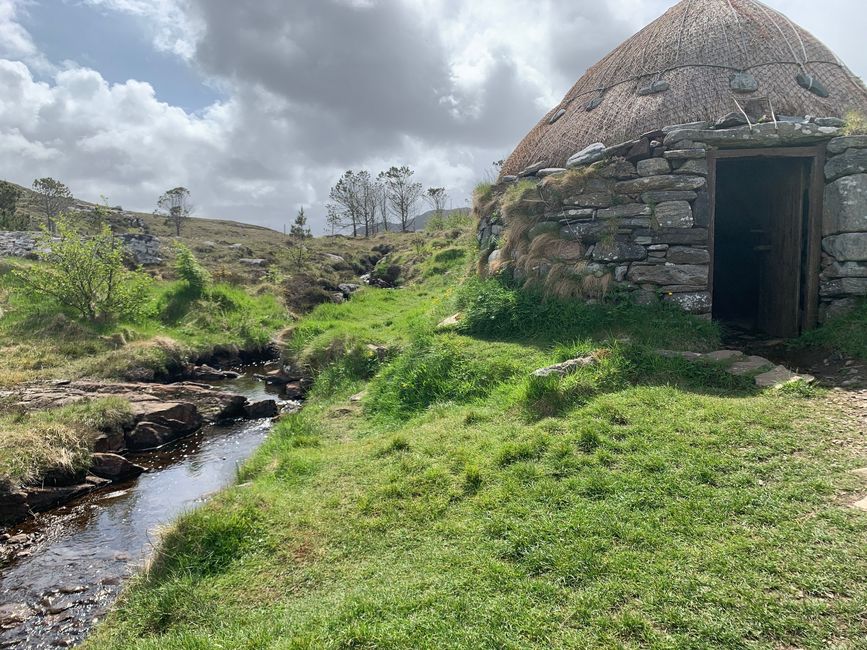
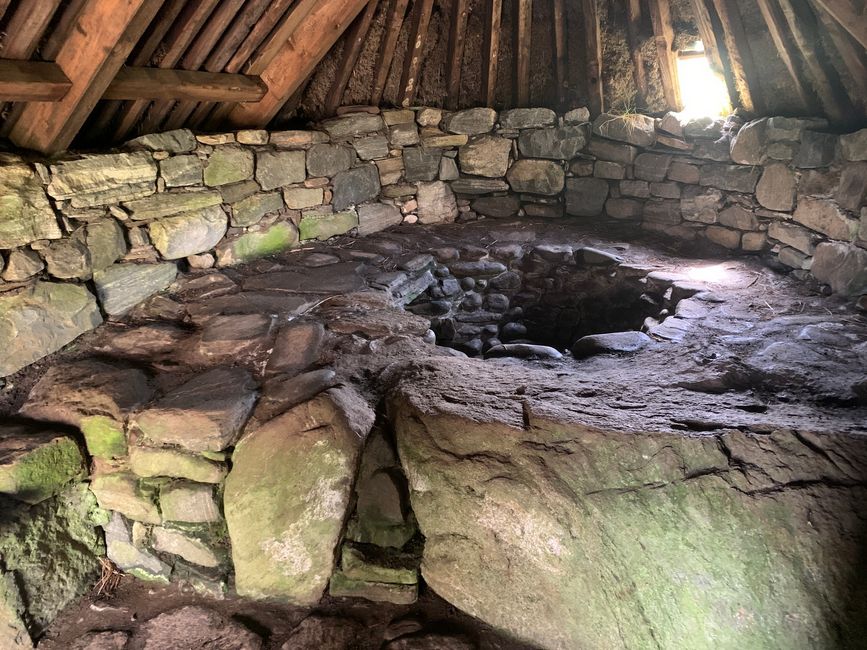
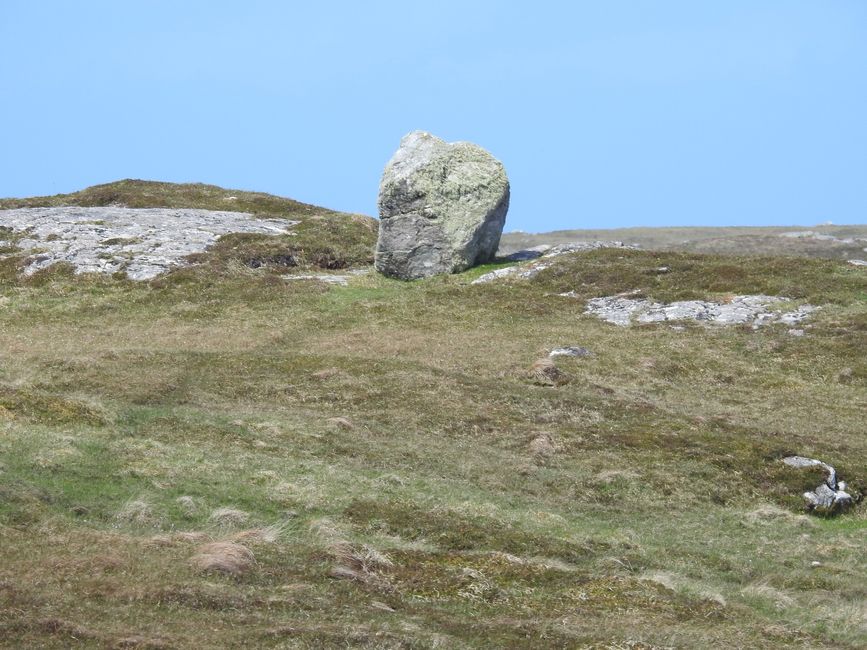
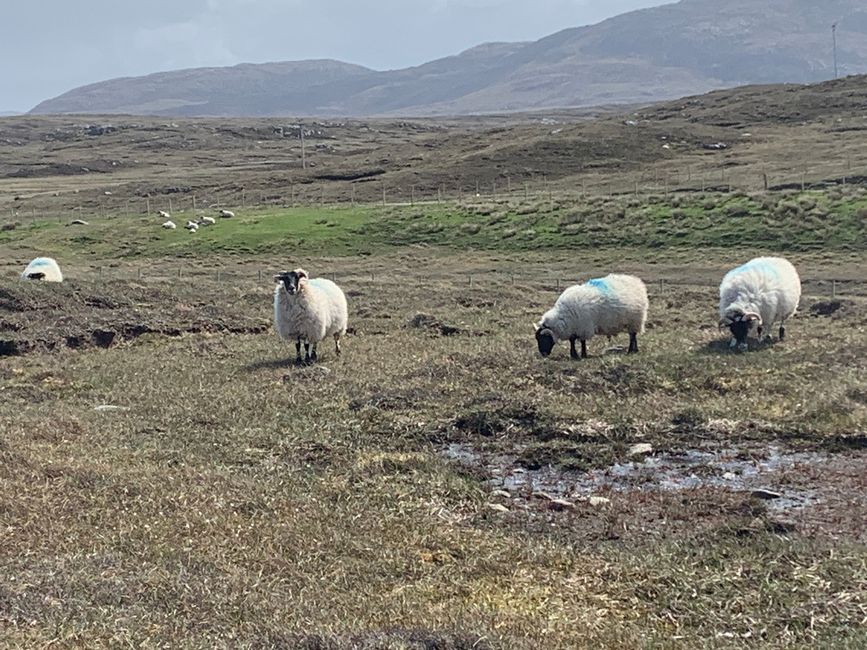
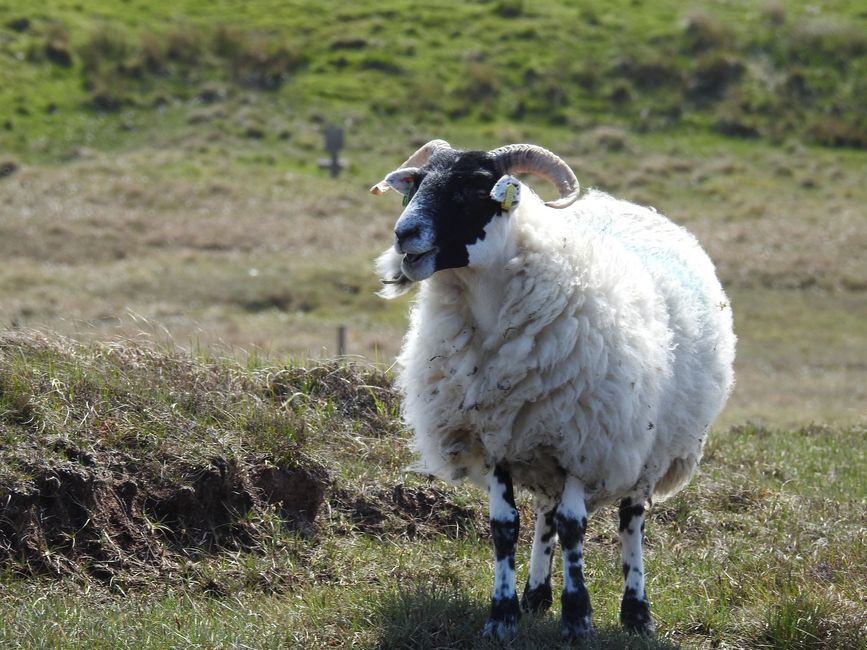
Abònman nan bilten
Today we take the Caledonian - Macbrayne ferry from Ullapool to the island of Harris & Lewis to the main town of Stornoway in the north. It is quite original that one island has two names - Harris in the south and Lewis in the north. The Outer Hebrides are planned as a highlight of our trip - they did it, so there are two blogs about it.
We are at the ferry port quite early and then have the privilege to be the first to get on the ship and, above all, the first to get off the ship. The crossing is also very calm thanks to the calm sea - like Stornoway, on Sundays people go to church here and almost all shops are closed. But we did some research, so we know that Gordon MacDonald keeps his one-man business, "A Harris Tweed Weaver", open for us on Sundays. An enthusiastic weaver, he shows us his loom and his color inspirations, which are determined by the colors of nature on Lewis. Harris Tweed is a protected term and its own organization strictly monitors that there are no fake copies under this name. Every new pattern must be approved and the origin of the wool must be proven and documented from the sheep on Harris & Lewis through the various processing steps to the finished tweed. Of course, we do not leave Gordon without having bought a few meters of his tweed.
Now heading north - to the 'Butt of Lewis', that is the official name. Given its geographical location in the far northwest of Europe, one is tempted to translate 'Butt' as 'Lewis' ass'. The lighthouse and the raging sea on the cliffs are definitely very impressive. After 'Land's End' is announced here, we head south again. We visit the Arnol Blackhouse. The former traditional house form housed humans and animals in one house and in the main room - as in the Arnol Blackhouse - a somewhat smoky and smelly peat fire was constantly burning - without a chimney! For us almost unimaginably, these blackhouses were inhabited by families on the Outer Hebrides until the 1960s.
Despite the strict protection of the moors, the locals are allowed to mine their own peat, which is used not only for whisky production, but also, as in the old days, for heating.
A tourist sign on the road prompts us to stop at the 'Norse Mill and Kiln'. The parking lot is of course too small for our over 7 m long motorhome, but we soon find a parking space on the road. A short hike takes us to the historic grain mill and the kiln for the grain. In earlier times there were around 200 of these mills in Lewis and the last one only ceased operations in 1945. On the way back we pass grazing sheep - as is actually the case all the time in Scotland. According to the last census in 2019, there are more sheep than people in Scotland - 6.7 million to 5.4 million...
Abònman nan bilten
Repons
